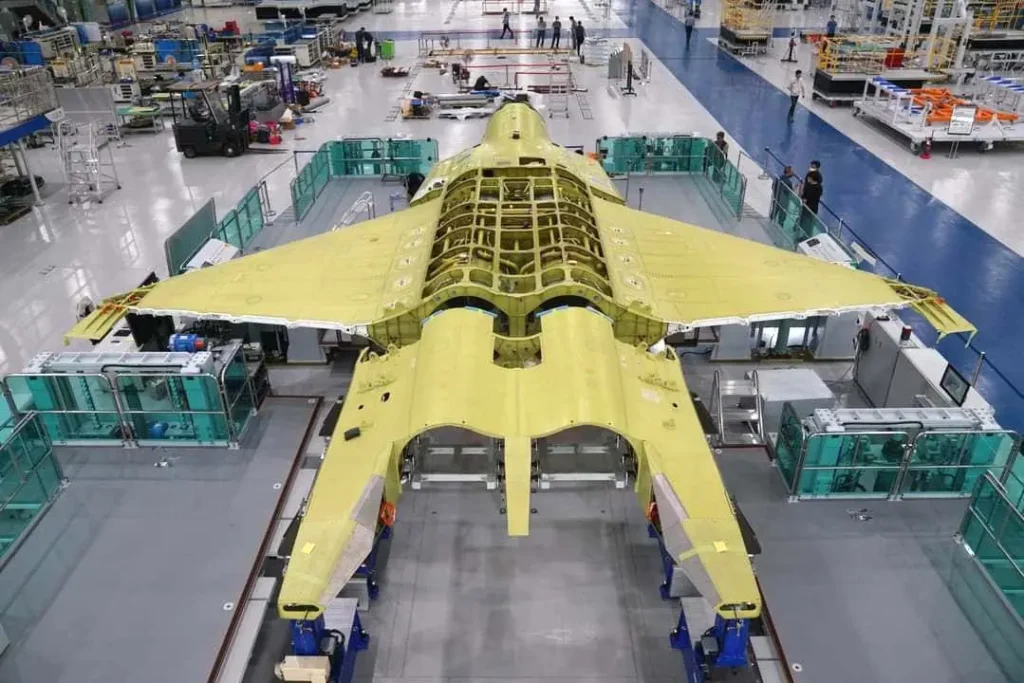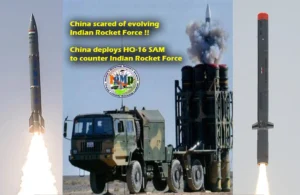Source : IgMp Bureau

India’s AMCA (Advanced Medium Combat Aircraft) program is making significant strides towards developing a formidable 5th-generation stealth fighter. Key to this endeavor are state-owned MIDHANI and DRDO’s Defence Metallurgical Research Laboratory (DMRL), pioneering the development of next-generation alloys for the aircraft’s stealthy aerostructures.
MIDHANI’s Contribution
MIDHANI has been integral to India’s indigenous aircraft development, having already developed and supplied crucial materials for the AMCA program, including 12 slabs of titanium. Their expertise in crafting specialized alloys that meet advanced fighter jet specifications underscores their vital role in the program.
DMRL’s Innovation
DMRL is at the forefront of metallurgical research, developing next-generation alloys tailored for the AMCA. One such innovation is the High Strength Metastable Beta Titanium Alloy, which offers significant advantages for aerospace structural forgings. Its lighter weight compared to traditional steel components translates to improved fuel efficiency and overall aircraft performance.
Diversifying Material Solutions
While titanium remains a focus, DMRL is also actively developing other next-generation alloys to enhance the AMCA’s capabilities:
- Carbon Fiber-Reinforced Polymers (CFRP): These composites offer exceptional strength and rigidity at a fraction of the weight of traditional metals. CFRP’s ability to reduce heat radiation and radar reflections enhances the AMCA’s stealth capabilities.
- Aluminium Alloys: Specialized aluminium alloys are being developed to offer a balance of strength, weight, and affordability, making them suitable for various AMCA components.
- High-Tech Steels: For areas requiring exceptional strength and durability, DMRL is developing high-tech steels that will be strategically integrated into the AMCA’s design.
Comprehensive Stealth Enhancement
DRDO labs have gone beyond materials, developing specialized paints designed to absorb and scatter radar waves. This multi-pronged approach – advanced alloys, composites, and radar-absorbent coatings – will make the AMCA a formidable force with a minimized radar signature.
Conclusion
The collaboration between DMRL and MIDHANI is propelling India’s AMCA program to new heights. Their innovations in next-generation alloys and material solutions will not only enhance the AMCA’s performance but also solidify India’s position as a leader in advanced aircraft development.
NOTE : Article cannot be reproduced or no information from this article should be used without written permission of theigmp.org in any form even for YouTube Videos to avoid Copy right strikes, if we find same informations or the entire article without our permission, we will take necessary action.






